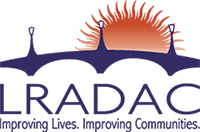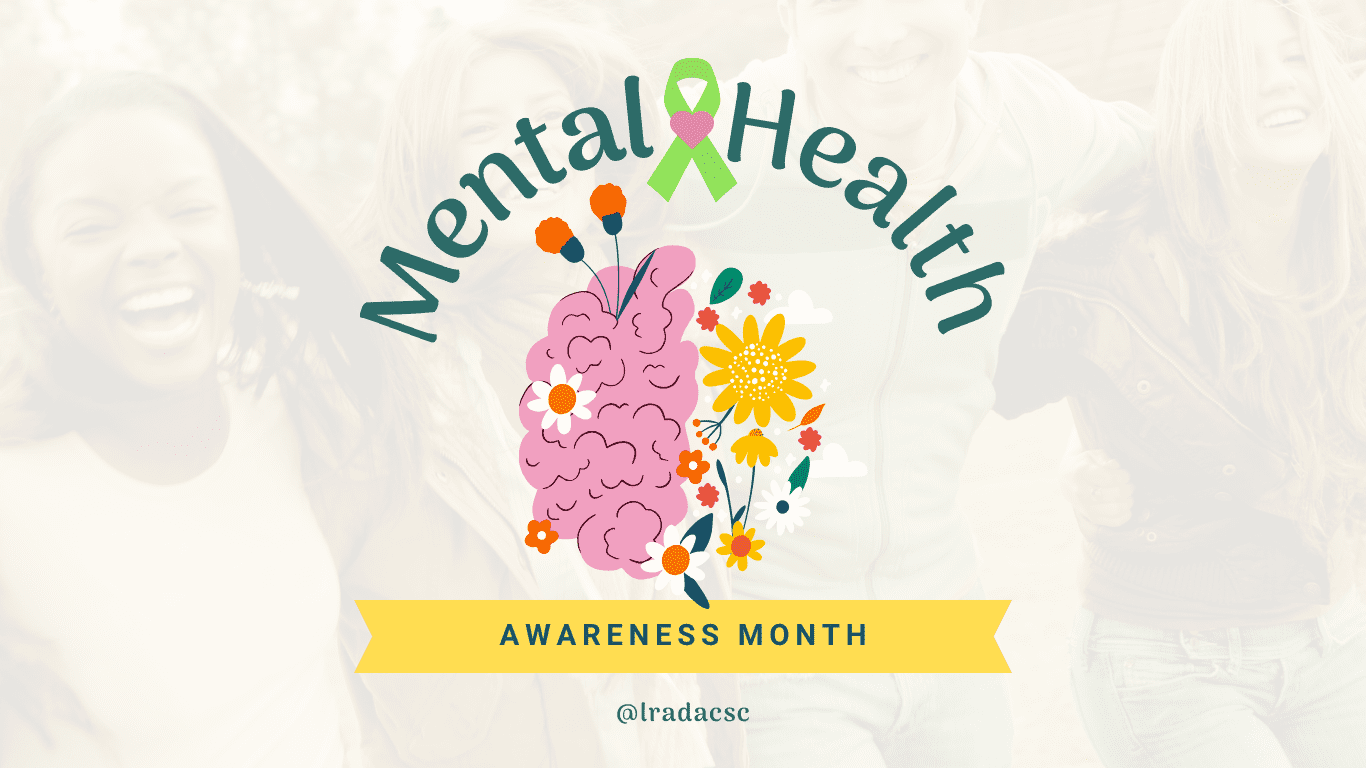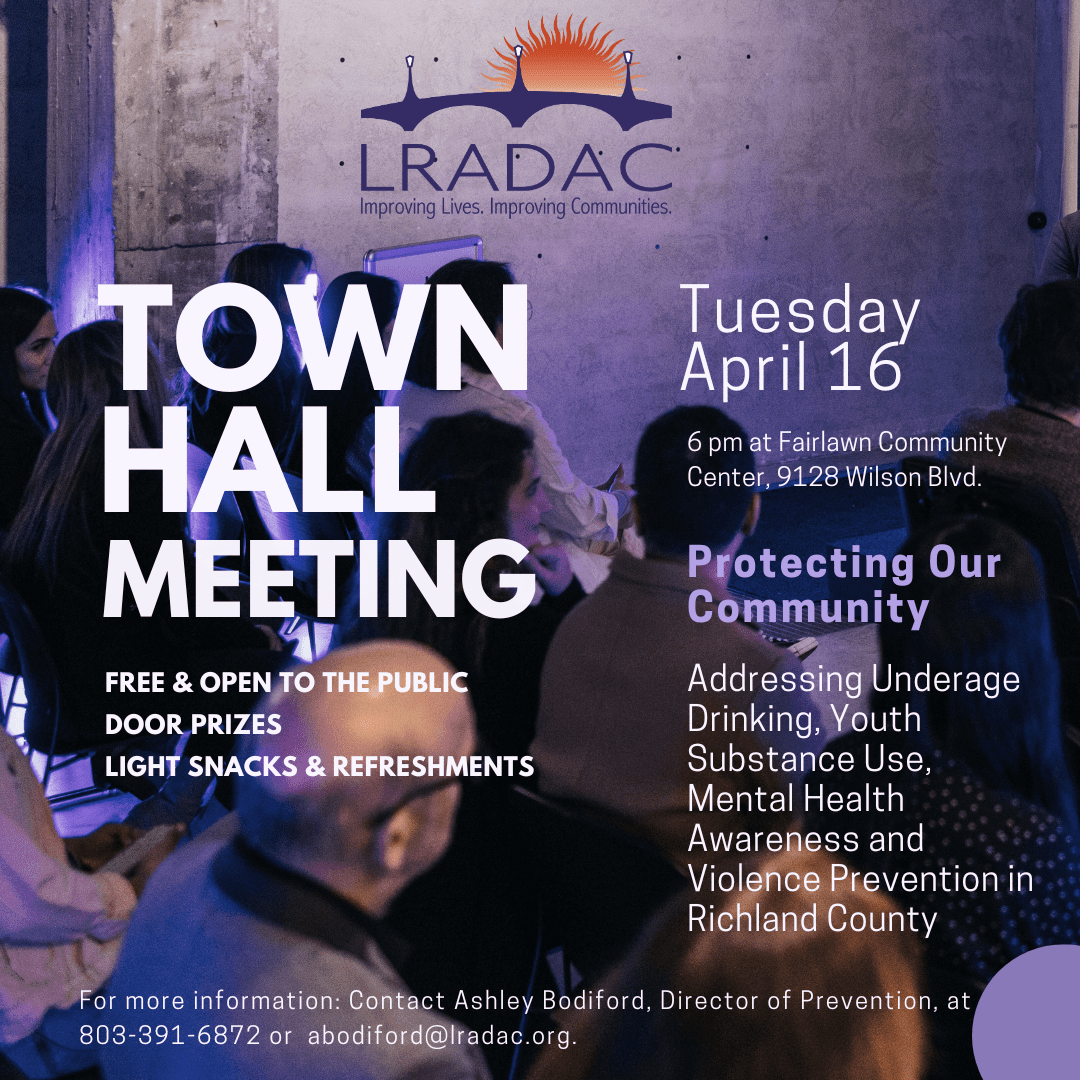A guest blog by Hailey Kanipe, MPH, CPS, ICPS, Prevention Specialist.
Almost every American either drives a vehicle or rides in one daily. Traffic accidents are one of the highest causes of death among Americans — and also one of the most preventable! Please continue reading to learn about the most common ways people increase their risk of a vehicle crash and how these risks can be prevented.

Every day, about 37 people in the U.S. die in drunk-driving crashes — that’s one person every 39 minutes. About 31% of all traffic crash fatalities in the U.S. involve drunk drivers.
Many substances can impair driving, including alcohol, some over-the-counter and prescription drugs, and illegal drugs. Some prescription and over-the-counter medicines can cause extreme drowsiness, dizziness, and other side effects. Read and follow all warning labels before driving, and note that warnings against “operating heavy machinery” include driving a vehicle. Impaired drivers can’t accurately assess their own impairment, so no one should drive after using any impairing substances. Remember: If you feel different, you drive differently.
IF YOU ARE DRINKING, DO NOT DRIVE.
- Plan your safe ride home before you start the party. Choose a sober driver ahead of time.
- If someone you know has been drinking, do not let that person get behind the wheel. Take their keys and help them arrange a sober ride home.
- If you drink, do not drive for any reason. Call a taxi, a ride-hailing service, or a sober friend.
- If you’re hosting a party where alcohol will be served, ensure all guests leave with a sober driver.
- Contact local law enforcement if you see an impaired driver on the road. Your actions could help save someone’s life.

Distracted driving is any activity that diverts attention from driving, including talking or texting on your phone, eating and drinking, talking to people in your vehicle, fiddling with the stereo, entertainment or navigation system — anything that takes your attention away from the task of safe driving.
Texting is the most alarming distraction. Sending or reading a text takes your eyes off the road for 5 seconds. At 55 mph, that’s like driving the length of an entire football field with your eyes closed.
Distracted driving is dangerous, claiming 3,522 lives in 2021.

Sleepiness can result in crashes any time of the day or night, but three factors are most commonly associated with drowsy-driving crashes.
One.
They occur most frequently between midnight and 6 a.m. or late afternoon. At both times of the day, people experience dips in their circadian rhythm—the human body’s internal clock that regulates sleep
Two.
They often involve only a single driver (and no passengers) running off the road at a high rate of speed with no evidence of braking.
Three.
They frequently occur on rural roads and highways.
HOW TO AVOID DROWSY DRIVING
- Get adequate sleep daily. Experts urge consumers to make it a priority to get seven to eight hours of sleep per night.
- Before a long family car trip starts, get a good night’s sleep, or you could put your entire family and others at risk.
- Many teens do not get enough sleep at a stage in life when their biological need for sleep increases, which makes them vulnerable to the risk of drowsy-driving crashes, especially on longer trips. Advise your teens to delay driving until they’re well-rested.
- Avoid drinking any alcohol before driving. Consumption of alcohol interacts with sleepiness to increase drowsiness and impairment.
- Always check your prescription and over-the-counter medication labels to see if drowsiness could result from their use. If you take medications that could cause drowsiness as a side effect, use public transportation when possible.
- If you drive, avoid driving during the peak sleepiness periods (midnight – 6 a.m. and late afternoon). If you must drive during the peak sleepiness periods, stay vigilant for signs of drowsiness, such as crossing over roadway lines or hitting a rumble strip, especially if driving alone.
SHORT-TERM INTERVENTIONS
Drinking coffee or energy drinks alone is only sometimes enough. They might help you feel more alert, but the effects last only briefly, and you might not be as alert as you think. If you drink coffee and are seriously sleep-deprived, you may still have “microsleep” or brief losses of consciousness lasting for four or five seconds. This means that at 55 miles per hour, you’ve traveled more than 100 yards down the road while asleep. That’s plenty of time to cause a crash.
If you start to get sleepy while driving, drink one to two cups of coffee and pull over for a short 20-minute nap in a safe place, such as a lighted, designated rest stop. This has increased alertness in scientific studies, but only for short periods.

In 2021, 26,325 passenger vehicle occupants were killed in traffic crashes. About 50% of those killed were not wearing a seat belt. Seat belts saved an estimated 14,955 lives and could have saved an additional 2,549 people if they had been wearing them in 2017 alone.
THINGS YOU SHOULD KNOW ABOUT SEAT BELTS
Buckling up is the single most effective thing you can do to protect yourself in a crash.
Seat belts are the best defense against impaired, aggressive, and distracted drivers. Being buckled up during a crash helps keep you safe and secure inside your vehicle; being completely ejected from a vehicle is almost always deadly.
Airbags are designed to work with seat belts, not replace them.
If you don’t wear your seat belt, you could be thrown into a rapidly opening frontal air bag. Such force could injure or even kill you.
Guidelines to buckle up safely:
The lap and shoulder belts are secured across the pelvis and rib cage, which are better able to withstand crash forces than other parts of your body. Place the shoulder belt across the middle of your chest and away from your neck. The lap belt rests across your hips, not your stomach. NEVER put the shoulder belt behind your back or under an arm.
Fit matters.
Before you buy a new car, check to see that its seat belts are a good fit for you. Ask your dealer about seat belt adjusters, which can help you get the best fit. If you need a roomier belt, contact your vehicle manufacturer to obtain seat belt extenders. If you drive an older or classic car with lap belts only, check with your vehicle manufacturer about how to retrofit your car with today’s safer lap/shoulder belts.
Find out when your child is ready to use an adult seat belt and learn about seat belt safety when you’re pregnant.

Faster does NOT mean safer. In 2021, speeding killed 12,330 people.
Speeding is more than just breaking the law. It can result in many consequences.
- Greater potential for loss of vehicle control;
- Reduced effectiveness of occupant protection equipment;
- Increased stopping distance after the driver perceives a danger;
- Increased degree of crash severity leading to more severe injuries;
- Economic implications of a speed-related crash; and
- Increased fuel consumption/cost.
One of the number one reasons why people speed and drive aggressively is because they are running late to work, an appointment, or another obligation. Give yourself more than enough time to get where you need to go. Slow down and save lives.







